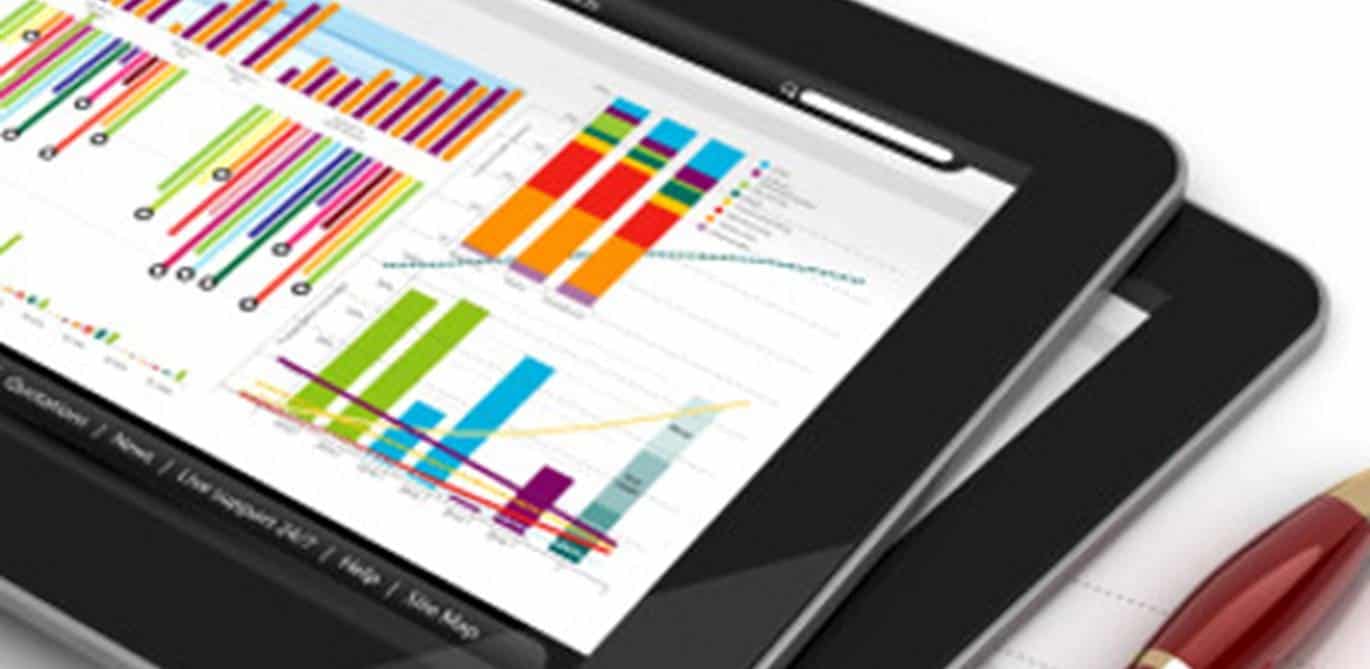With the dramatic and continued exponential growth in digital devices and “connected everything,” the context for creativity has never been more rich. What happens when millions more people have access to other people, information and real time data, beyond our current understanding of connected life? We’ve already made tremendous advancements in healthcare (from diagnosis to treatment to tracking and alerting), and with new wearables that can sense our vital signs and combine them with analytics the value being created seems limitless. We’ve already begun to much more accurately predict weather and other natural disasters, while also developing better response systems using connected systems to address trouble when and where it happens. Our cars are not only smart, nowadays, but sensitive as well, and connected cars are making everything from personal safety to traffic management possible.
There’s an old saying that one cannot manage what one does not know, and with the “Internet of Everything”(IOE), there is so much data flowing now that those who manage will need more than just knowledge through information, but insight through analytics.

Image Provided By: InfoBright
We’re already going way beyond the “connected society” to the “contextual society” which is analogous to “math” vs. “calculus.” Calculus deals with the finding and properties of derivatives and integrals of functions, by methods originally based on the summation of infinitesimal differences. The more and more we connect – sensors – systems – humans – the more infinitesimal data we collect that can be infinitely “crunched” and used to create value?
So what kind of value? The Internet of Things and Machine-to-Machine industries are the fastest growing in the world, reaching into the hundreds of billions worth of revenue and enterprise value for a reason. With ample broadband and mobile broadband available, with the cost of sensors now benefitting from “silicon economics,” and with real-time processing systems residing in everything from super computers to the smart phone in your pocket, the field is wide open for IOE entrepreneurs.
Big Data is another massive growth market, related to but quite apart from the IoT and M2M industries. With connected things, intersecting with connected people, oceans of valuable information including geospatial and biometric, can be divvied into streams that impact service delivery, research and development, and more. I’m so excited about the potential, I’m writing about it constantly – but what really gets me thinking is the potential of IOE to improve millions of lives particularly for the often forgotten.

Image Provided By: InfoBright
The IOE rising tide can most definitely lift all boats, but that will require intention and action. While the more affluent among us benefit from our Fitbits and Samsung Gear, let’s include in our roadmaps developing low cost, freely available wearable medical devices that make it possible for volunteer doctors in the US to track the same heart patients they may have visited in a developing world country months before.
While we are using sensors to figure out how to dramatically reduce the cost of HVAC in massive datacenters, let’s make it point to figure out how we can provide this same solution to schools who may not have the same means as large datacenter operators, but similar needs.
While we are making luxury automobiles safer and more pleasant through mobile broadband applications, let’s put our heads together to figure out how we can make buses in highly populated, poor countries safer too.

Image Provided By: InfoBright
The strides we’ve made as a result of the Internet are awe inspiring. We are improving education and knowledge through the democratization of information, have created entirely new industries and spawned economic growth through digital commerce, and have made human collaboration at a distance not only possible but powerful. The IOE is just beginning. With intention, and cooperation, we can grow in parallel business and social value. We can also address the darker side of connected everything, with the right policies and ethics around cameras, information privacy, and more.
Metcalfe is more right than he may have imagined: the power of the network is greater than the sum of its parts, making the IOE powerful beyond measure.
The mandate for developing this together is clear. Today, half the world’s population has access to the Internet; by 2020, two-thirds will be connected. 13.5 billion devices are connected to the Internet today; by 2020, that number climbs to 50 billion (Cisco).
These connections are generating massive amounts of digital data which by some accounts is doubling every two years. 2015 is sure to be a major inflection point, revolutionizing the way we get things done, and while we prepare our businesses to benefit from the IOE “gold rush,” let’s enjoy at least as much finding ways to work to build the “IOEG” – the Internet of Everything Good.




















